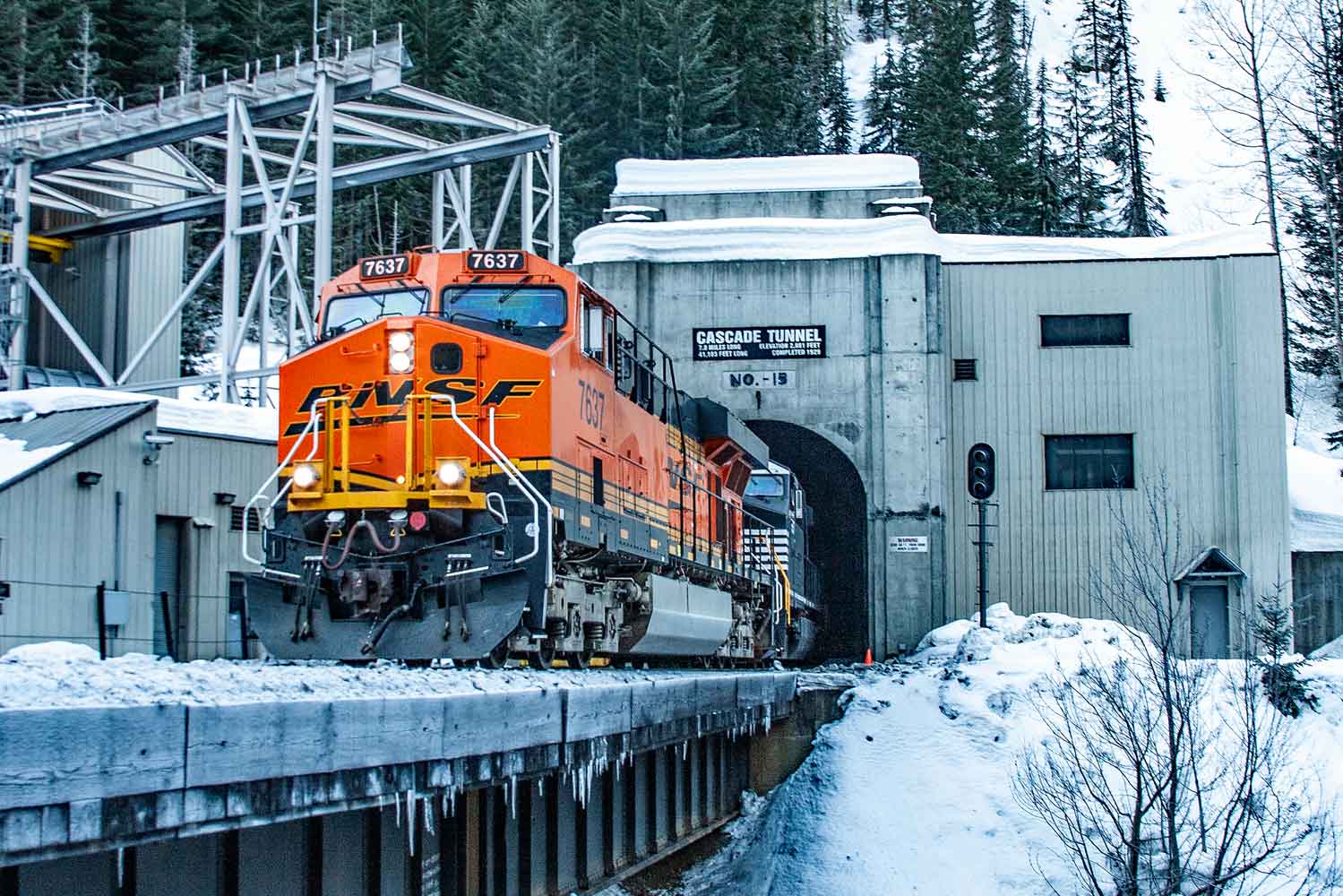The 8-mile tunnel (The 2nd Cascade Tunnel)
mm 2466.4 You are now directly over the second train tunnel dug under Stevens Pass, the one currently in use by the Burlington Northern-Santa Fe Railroad carrying goods to and from Everett, WA. The west portal at Scenic is 3 miles from you, and the east portal at Berne is a little less than five miles from you.
The first tunnel (about 1.7 miles NW of you) was a significant improvement over the original spur lines that ran above ground over the pass, but the section from the west end of the tunnel to Scenic was still problematic. Even after the first Cascade Tunnel opened in 1900, the steep western slope still required the train to make two 180 degree turns, backtracking 3.5 miles, to maintain the 2.2% grade needed (discussed in the story about Scenic Hot Springs). West from Scenic, the train could follow the Tye river in a direct line. In addition to the grade problem, avalanches and snow removal required non-stop effort even after the addition of many miles of avalanche sheds, .
A new lower tunnel would solve both problems if it could get the train to Scenic in a direct route, and if it could do so underground where snow would no longer be an issue. Fredrick Mears proposed the location of the new tunnel and John F. Stevens and James J. Hill approved it. Prior to 1919 World War I and labor shortages delayed building a new tunnel. Construction began December 1925.
The project included not only the new tunnel but also a significant re-route of the 14.5 miles from Leavenworth, moving from Tumwater valley (where US-2 is today) to the Chumstick valley, cutting over to Winton just south of Plain via three short new tunnels. This meant the railroad no longer ran down the center of Leavenworth but now bypassed the city. This segment opened October 1928, before the 8-mile tunnel was complete.
The project also included an upgraded electrical system. The Tumwater power plant could not produce the power needed for the new system, so GNR sold it to Puget Sound Power & Light in 1926, part of a deal to pull power from their grid. This time a new breed of electric locomotives (models Z-1 and Y-1) were stationed at Skykomish and Berne, about 19 rail miles apart. These engines were able to regenerate power when going downhill, much like today's hybrid cars have regenerative braking systems.
To speed construction, the tunnel was not only dug from both ends, but it was also dug from the center outward. A 622-foot vertical shaft was dug at Mill Creek 2.5 miles from the east portal. The small structure over the shaft is easy to find about halfway up FS-6960 (The road from US-2 to the base of the Jupiter Express chairlift).
The tunnel is really two parallel tunnels; First an 8' high access tunnel, the "Pioneer Tunnel" was dug. Every 1,500' a short 90 degree crosscut would offer access to the main tunnel. Digging this access tunnel first sped up the overall project by facilitating the movement of men and materials. Once completed on May 1st, 1928, the access tunnel allowed digging the main tunnel at 11 different faces at once. The main tunnel was a minimum of 25’ high. At peak construction 1,700 employees were hard at work. A few of them would die or be injured on the job before the tunnel was complete.
The tunnel was completed Christmas Eve 1928. The west portal is 2,260 ft above sea level, 930 feet lower than the original tunnel, and 1,806 feet lower than Stevens Pass. Like the original tunnel, it slopes downhill to the west, but at a more gradual grade.
The tunnel opened January 12th, 1929, and was the longest tunnel in the Americas (In 1989 a tunnel in British Columbia moved it to 2nd place.) The opening ceremony was broadcast on NBC radio with a brief speech by Herbert Hoover. On board that first train through was John F. Stevens who chose Stevens Pass as the route for the Great Northern Railroad. The following day the old tunnel was closed. The new tunnel allowed the elimination of 8.7 miles of rail.
Electrification was removed in 1956, after a ventilation system was installed to eliminate diesel fumes. The east portal has doors that open automatically when a train is coming. In 1996 an eastbound freight train broke through the doors as it exited the tunnel, after they did not open properly.
The original Cascade Tunnel, abandoned in 1929, is now part of the eight-mile Iron Goat Trail, managed by the U.S. Forest Service with the assistance from the Volunteers for Outdoor Washington.
The west portal 1929
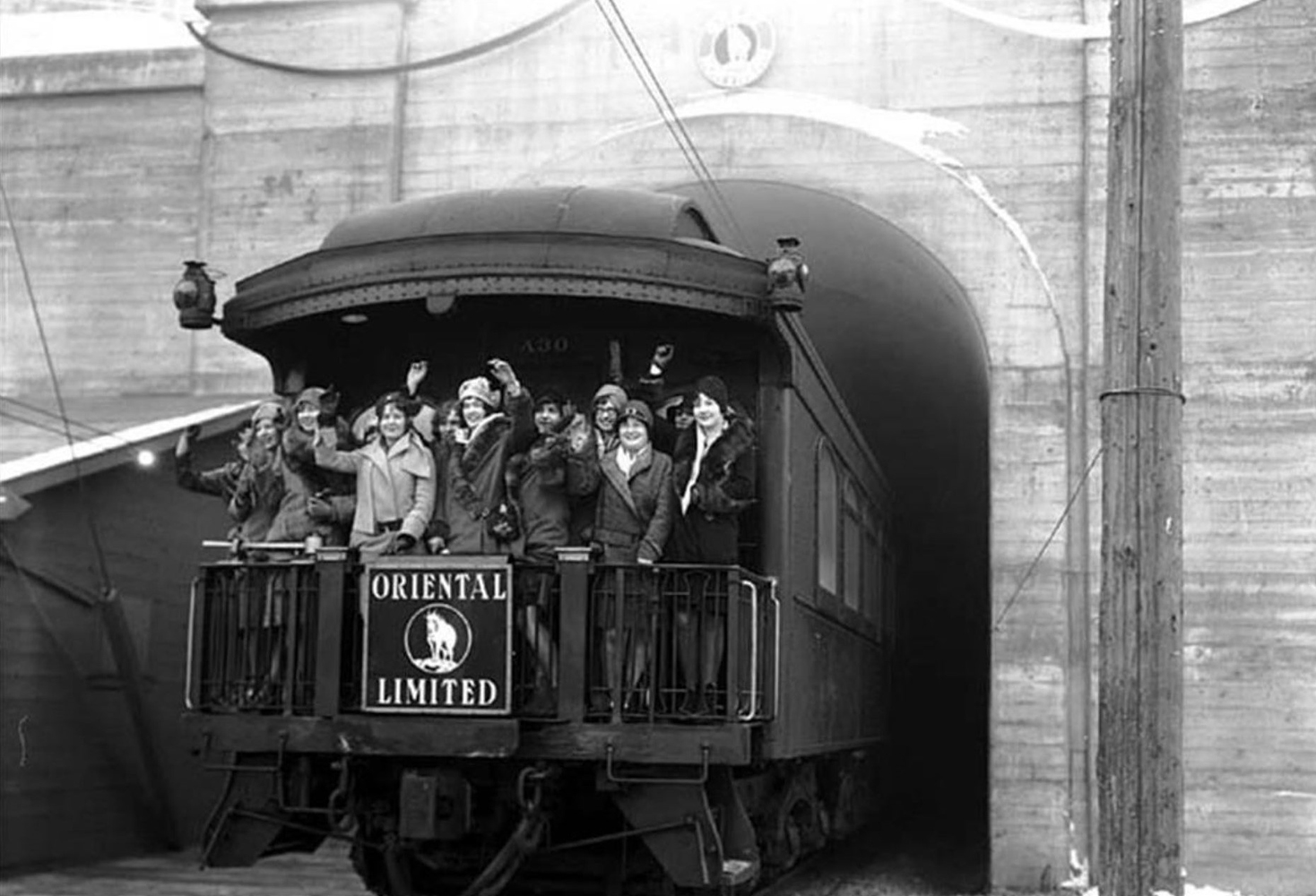
The 622 ft shaft at Mill Creek
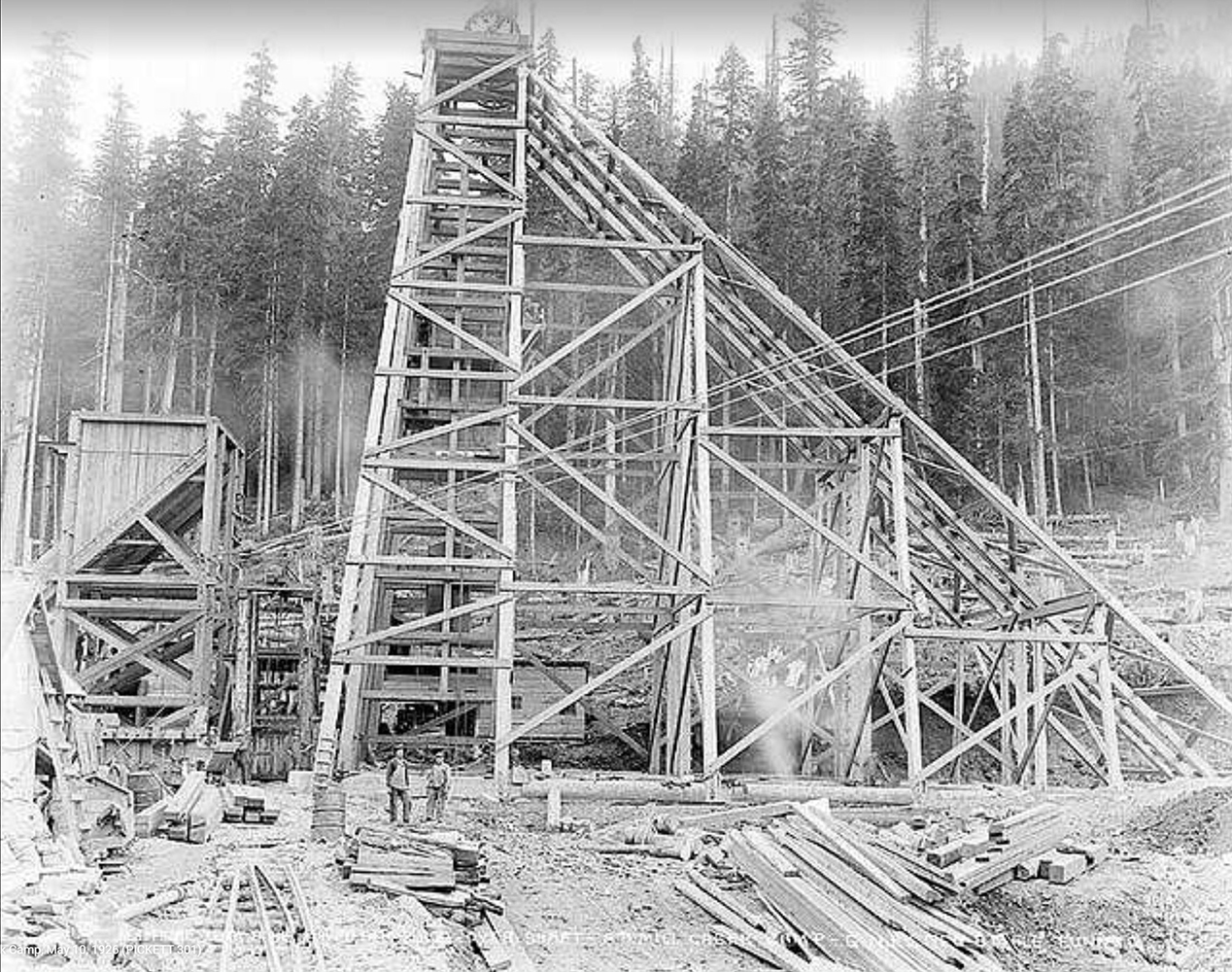
The west portal
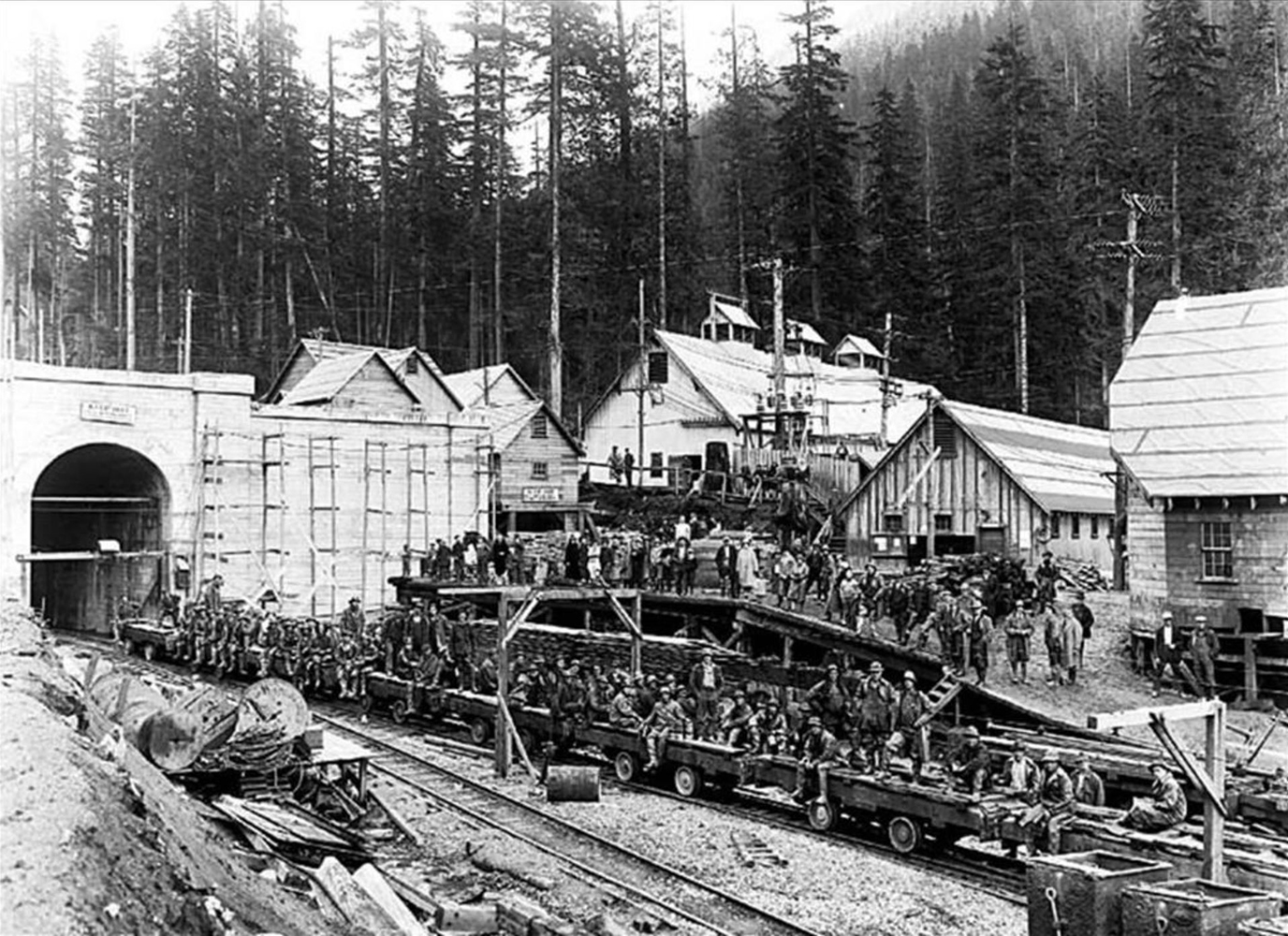
Scenic Camp (west)
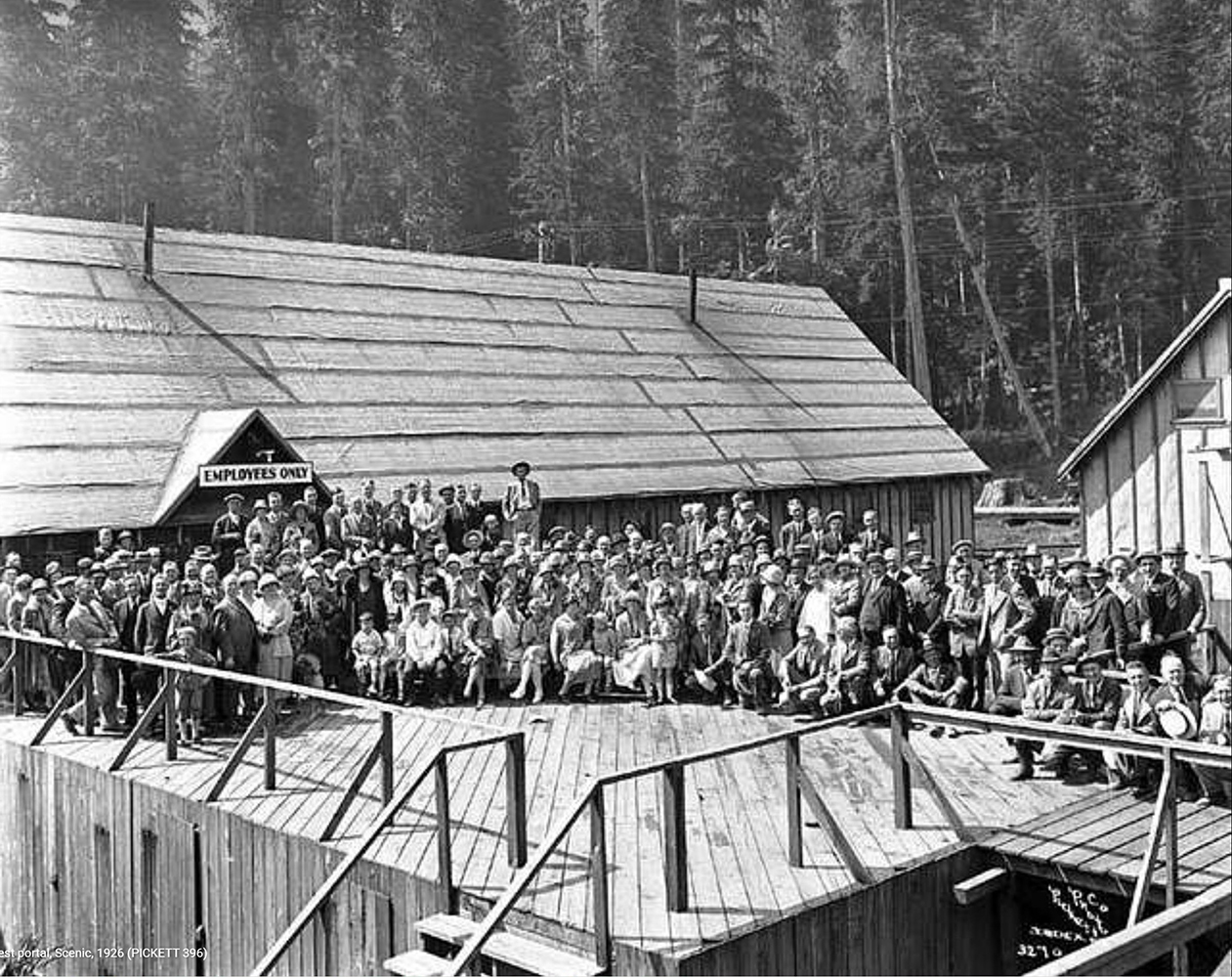
Scenic Camp (west)
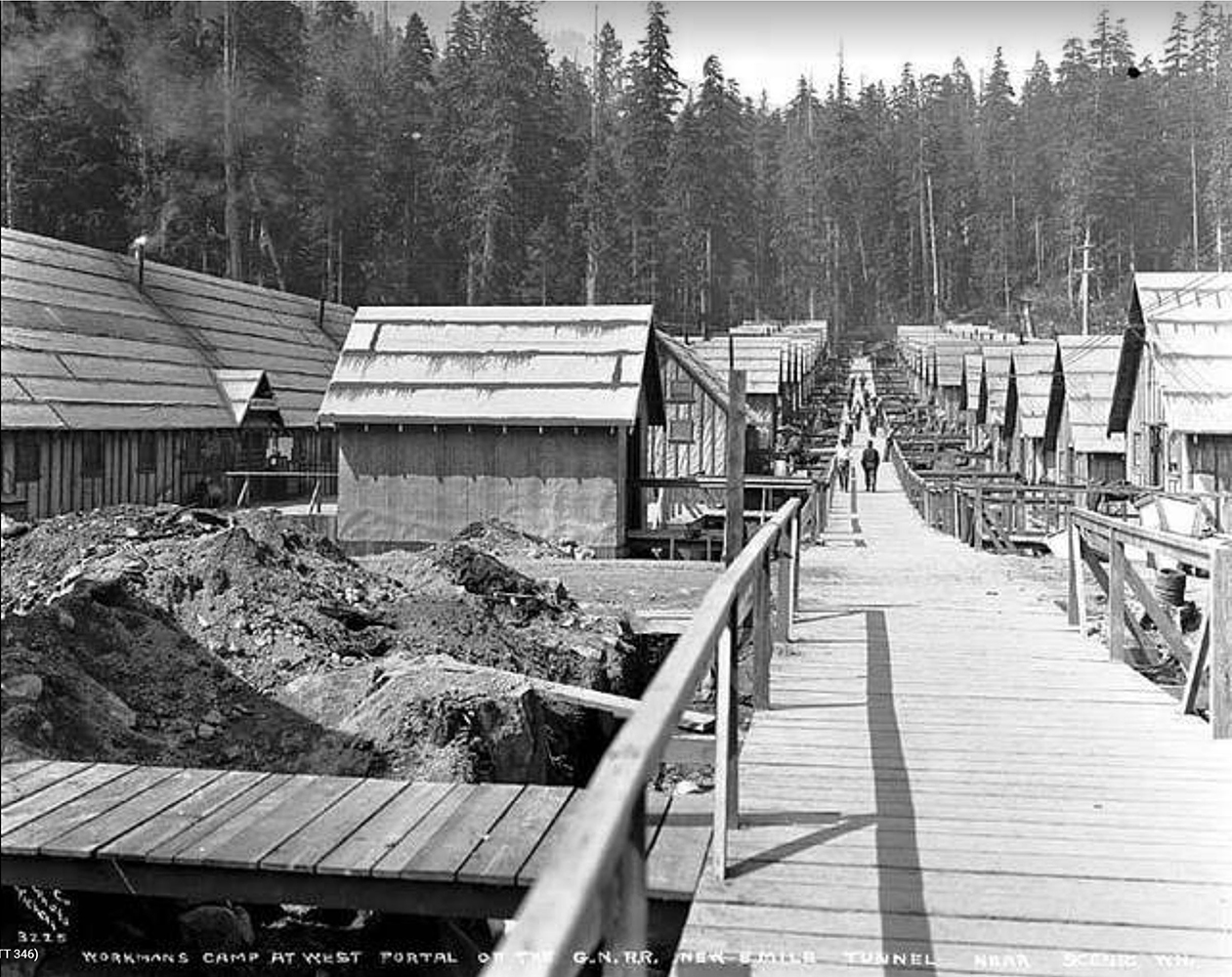
Digging the tunnel
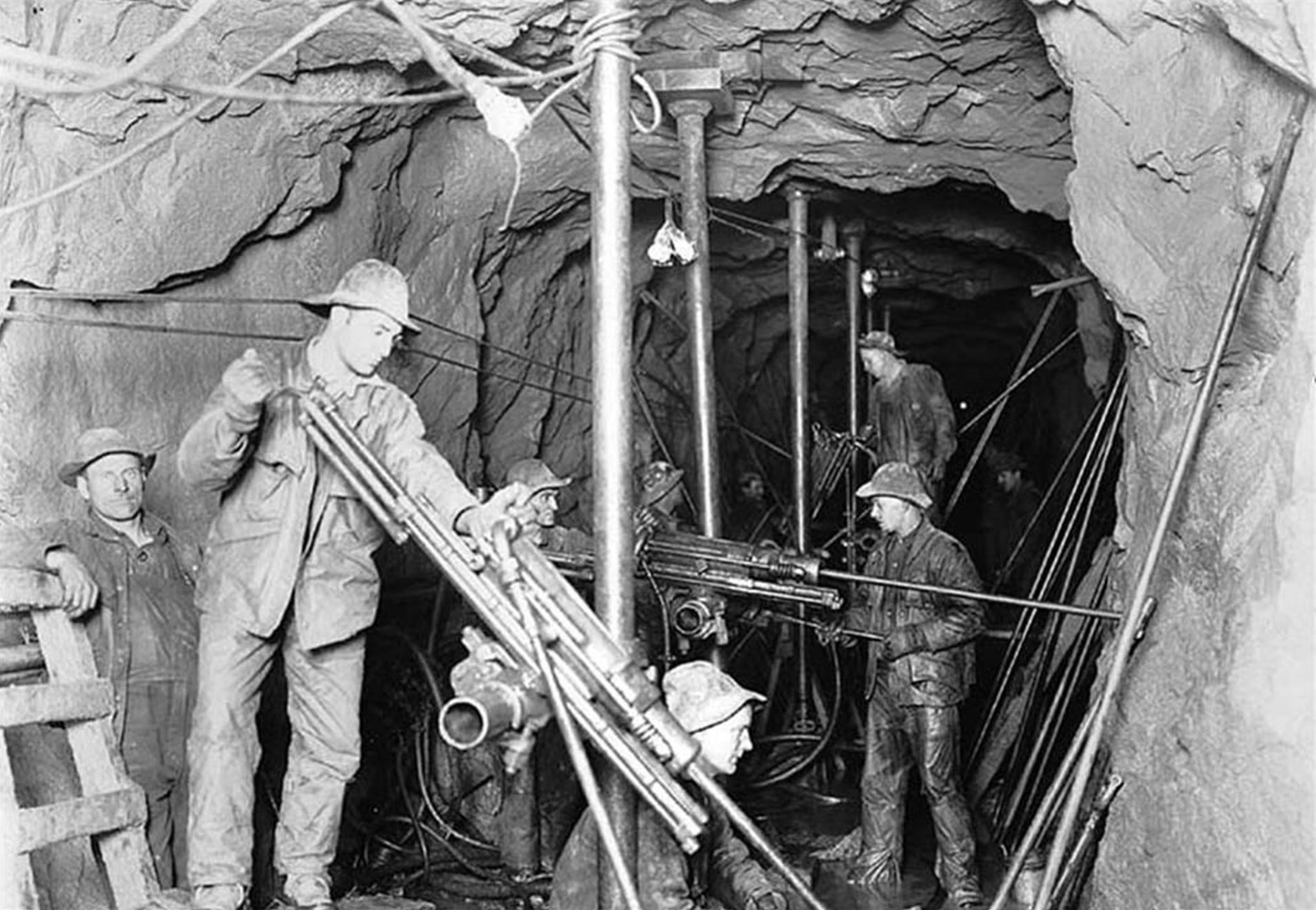
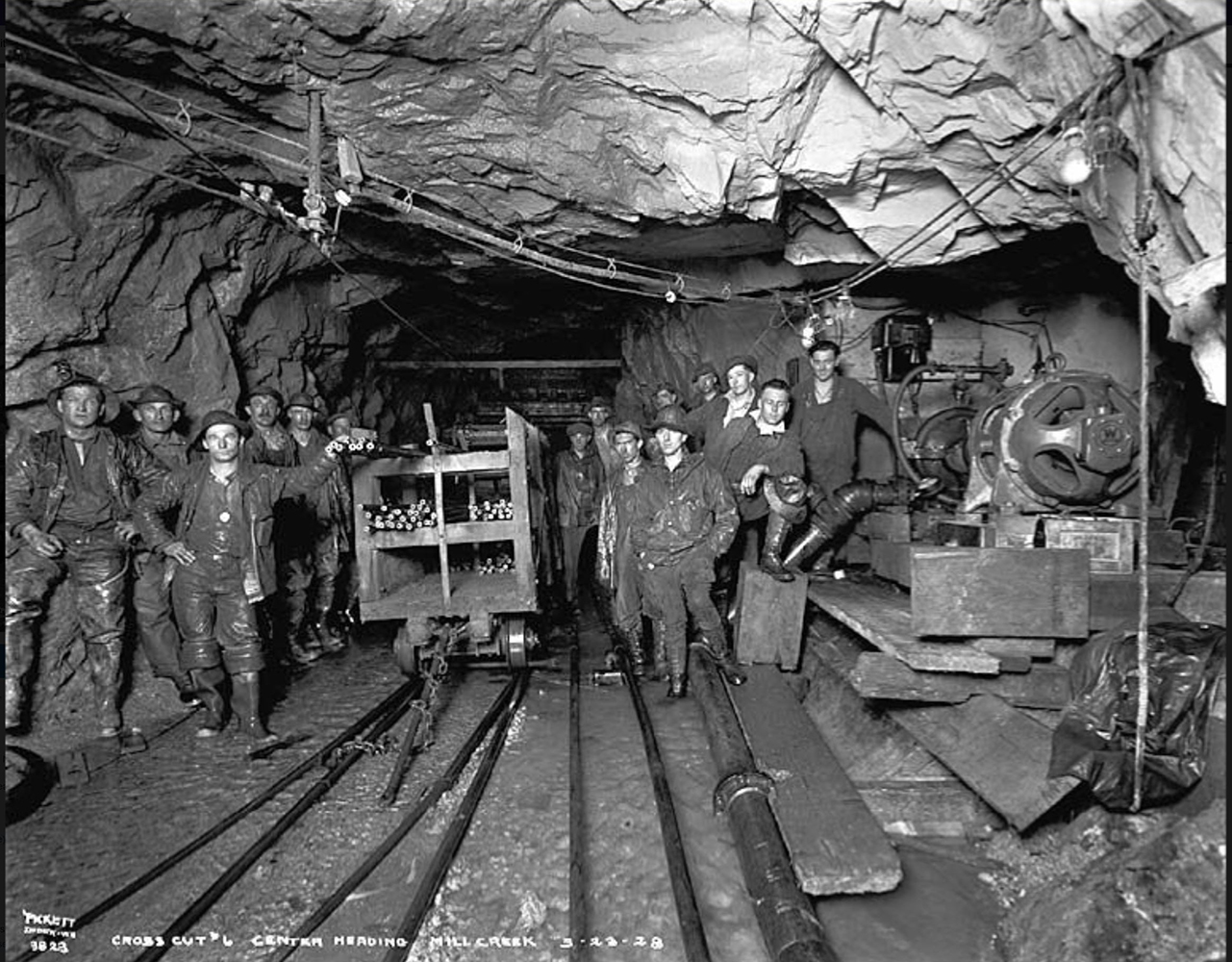
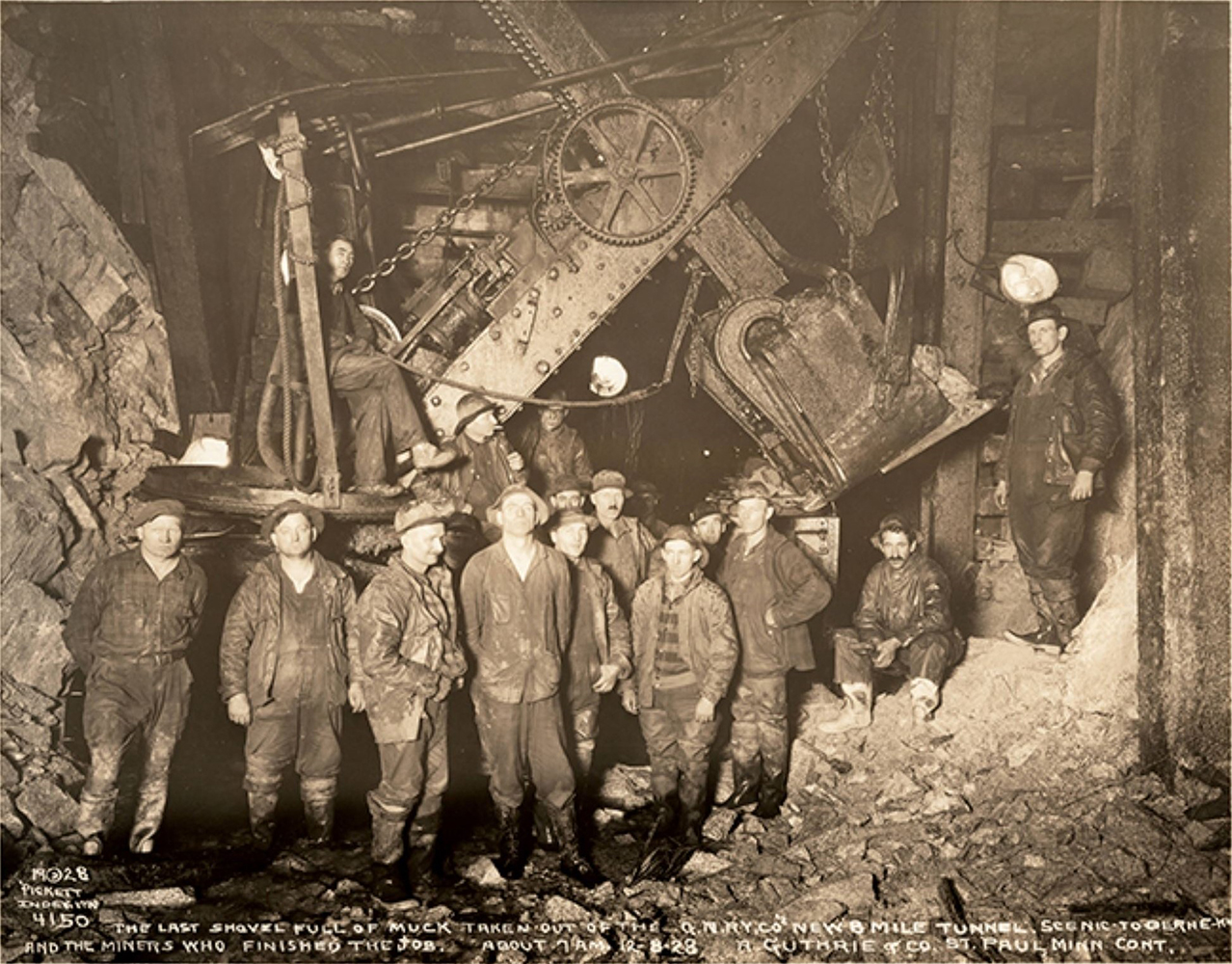
Berne camp, looking west, upriver
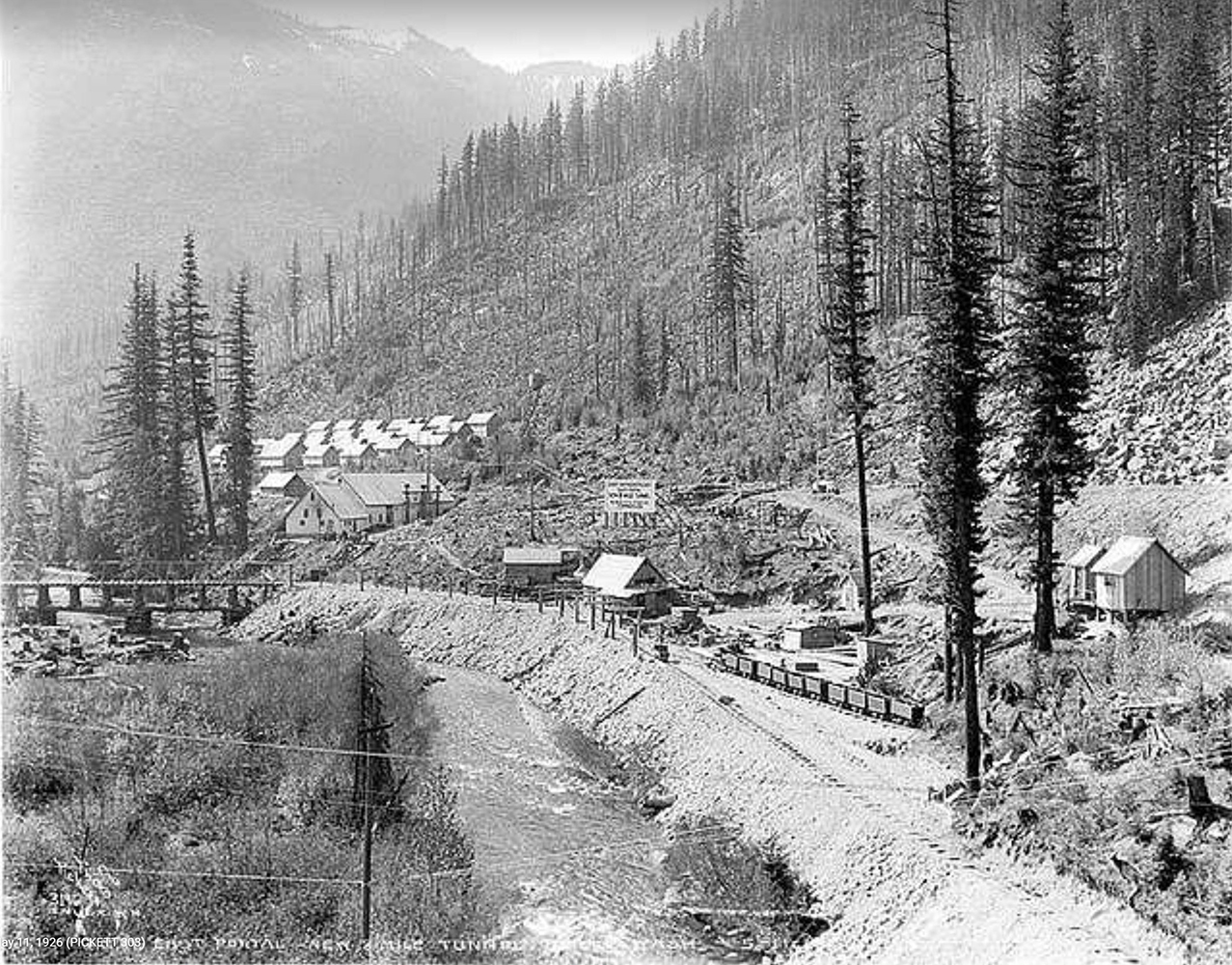
The first bridge at Berne
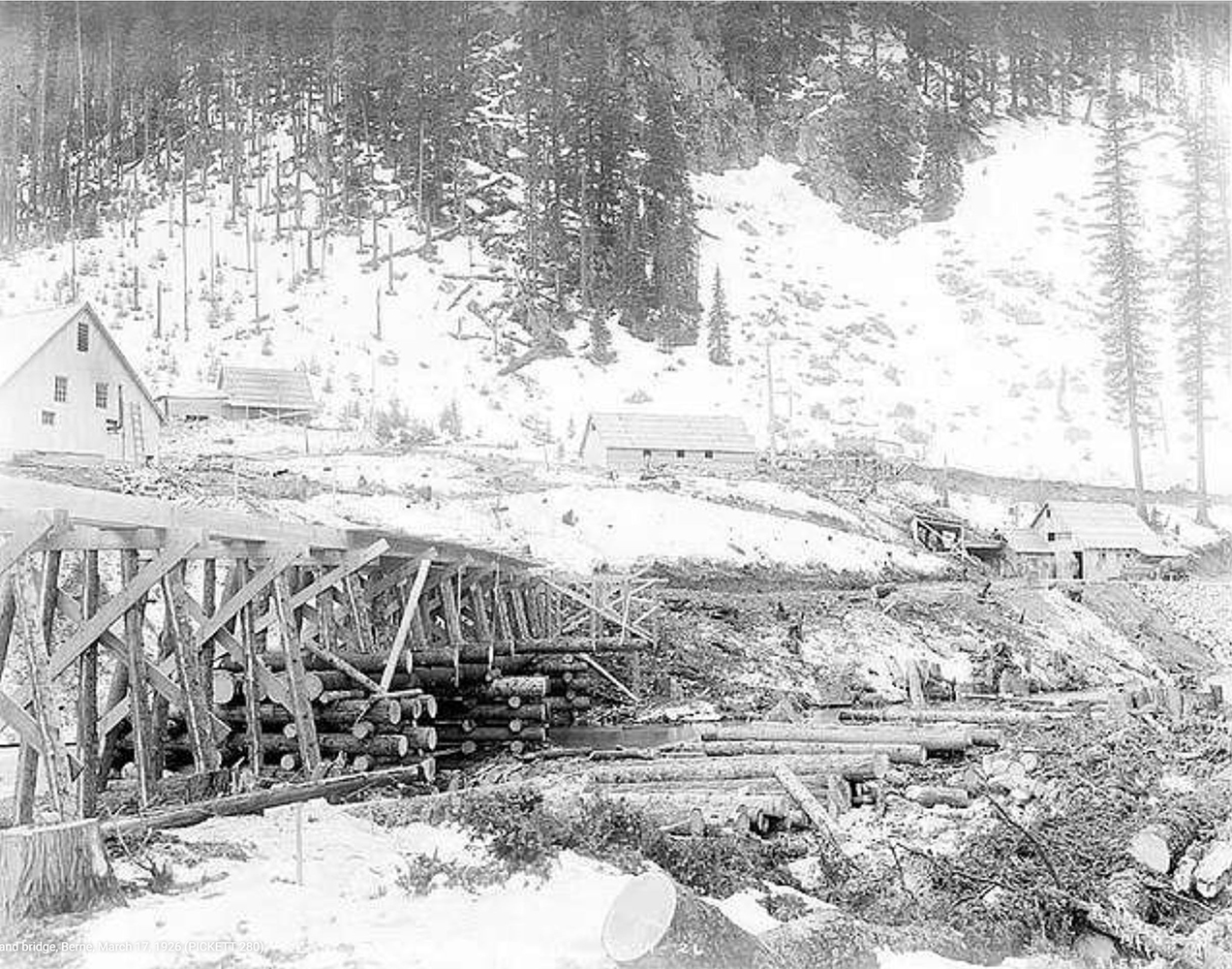
The west portal
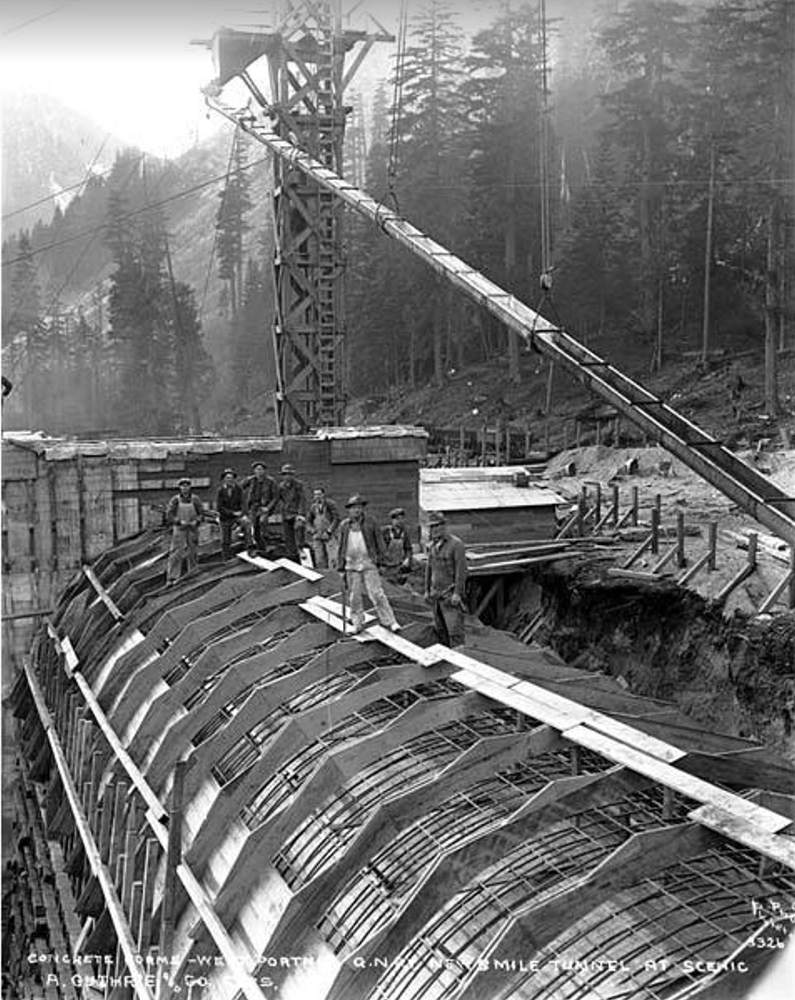
The west portal

The west portal, recently
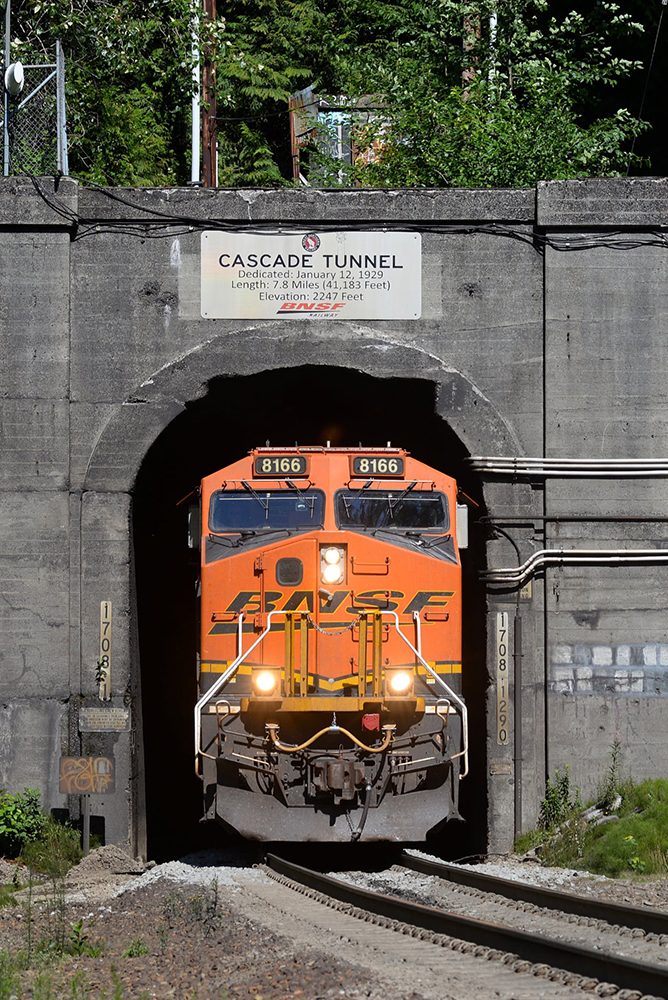
The east portal from the highway
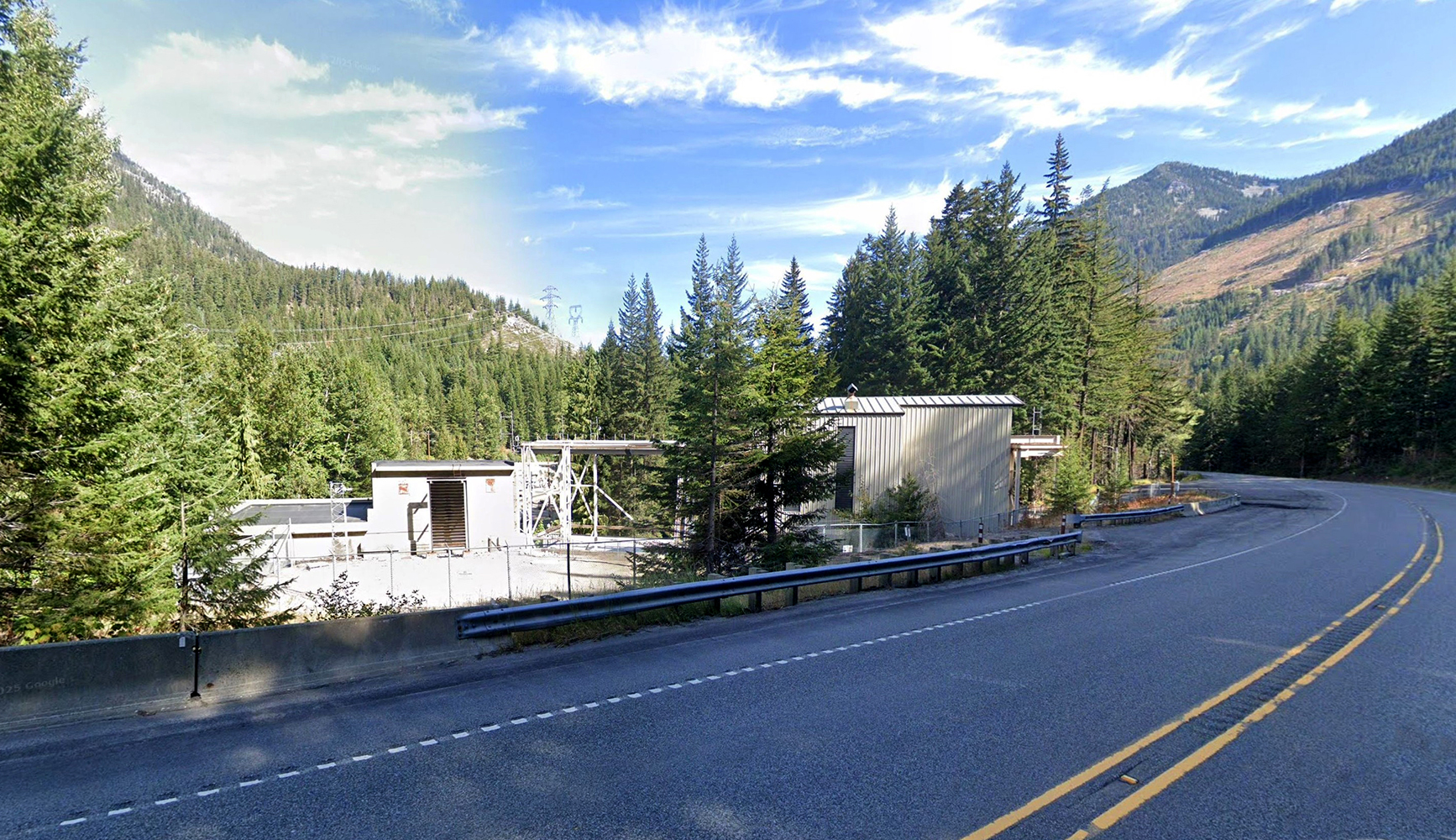
The east portal and its automatic doors

The east portal and the bridge over Nason Creek
